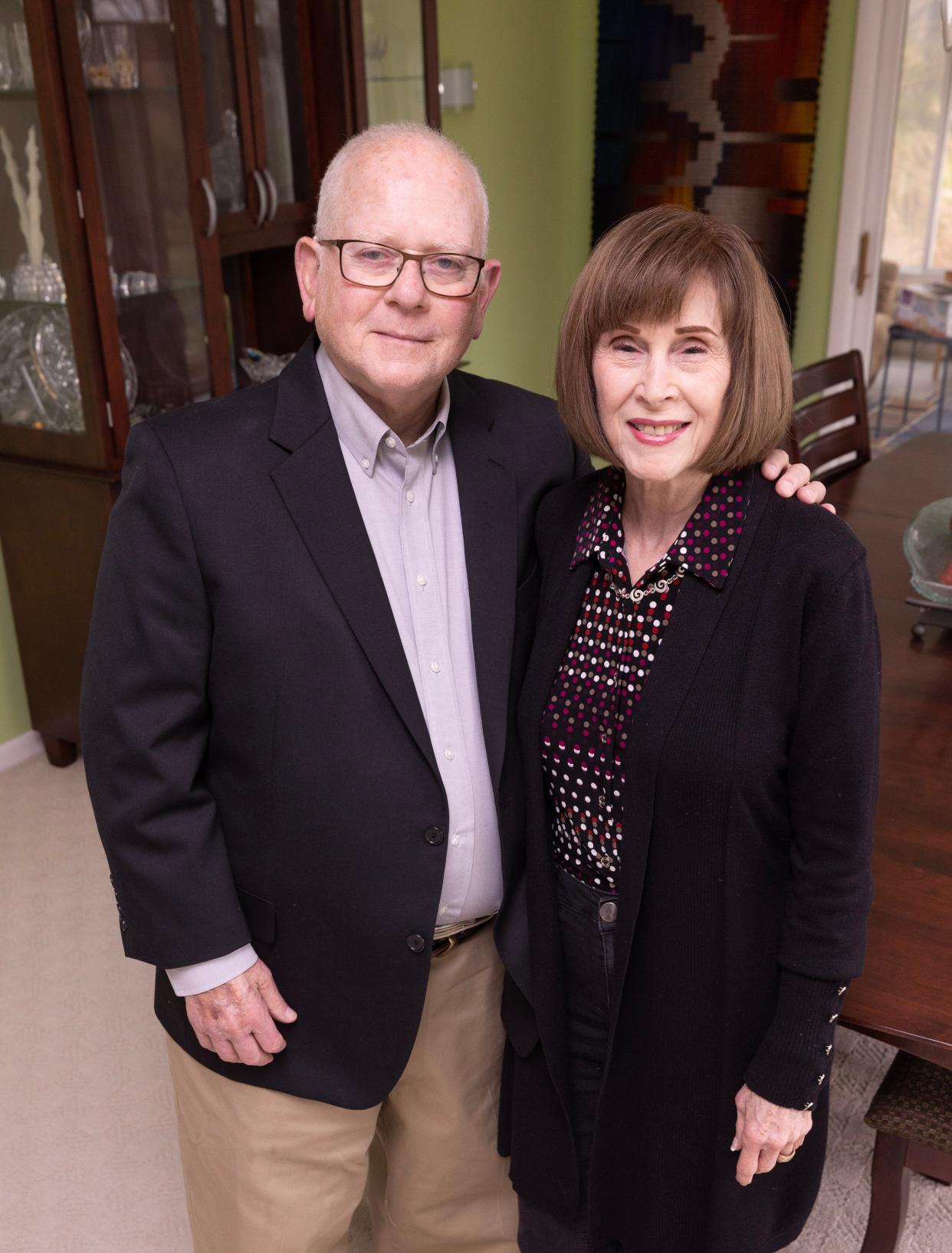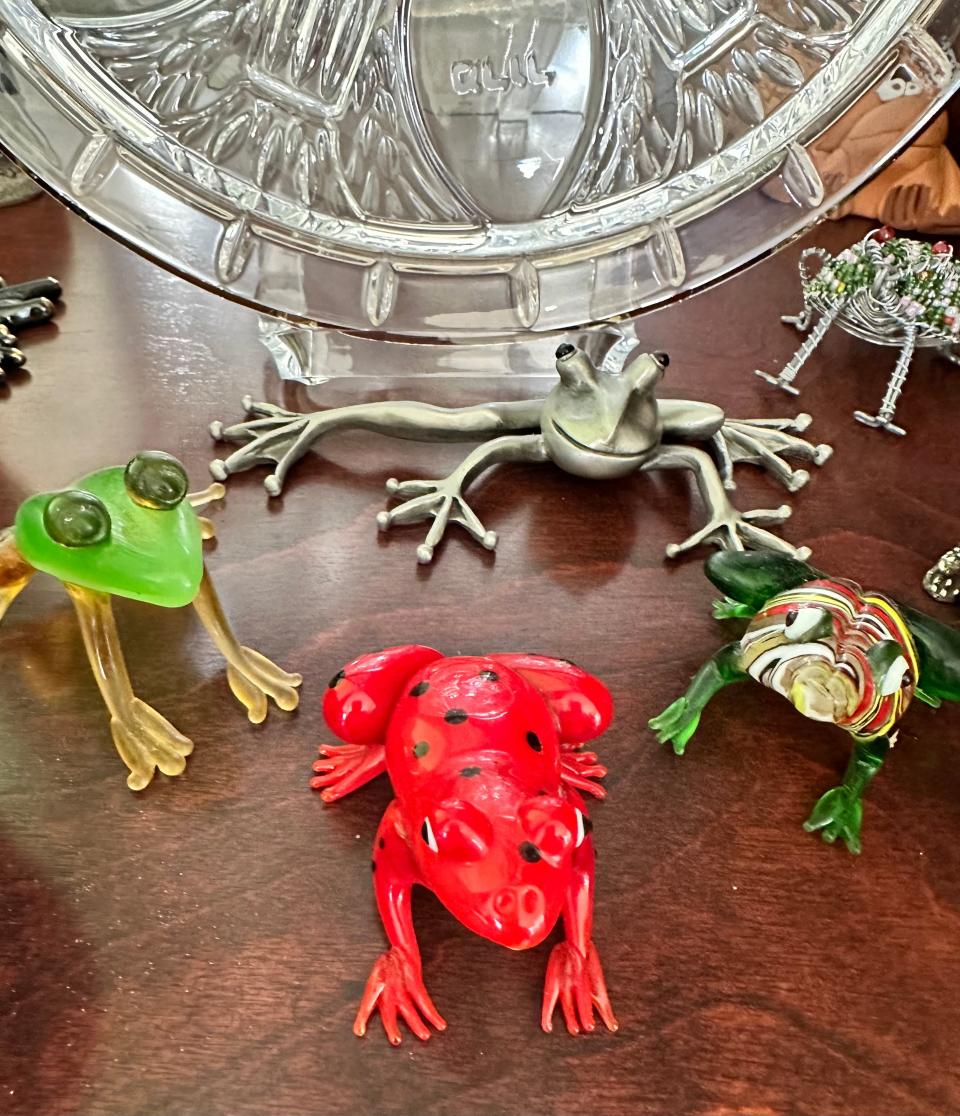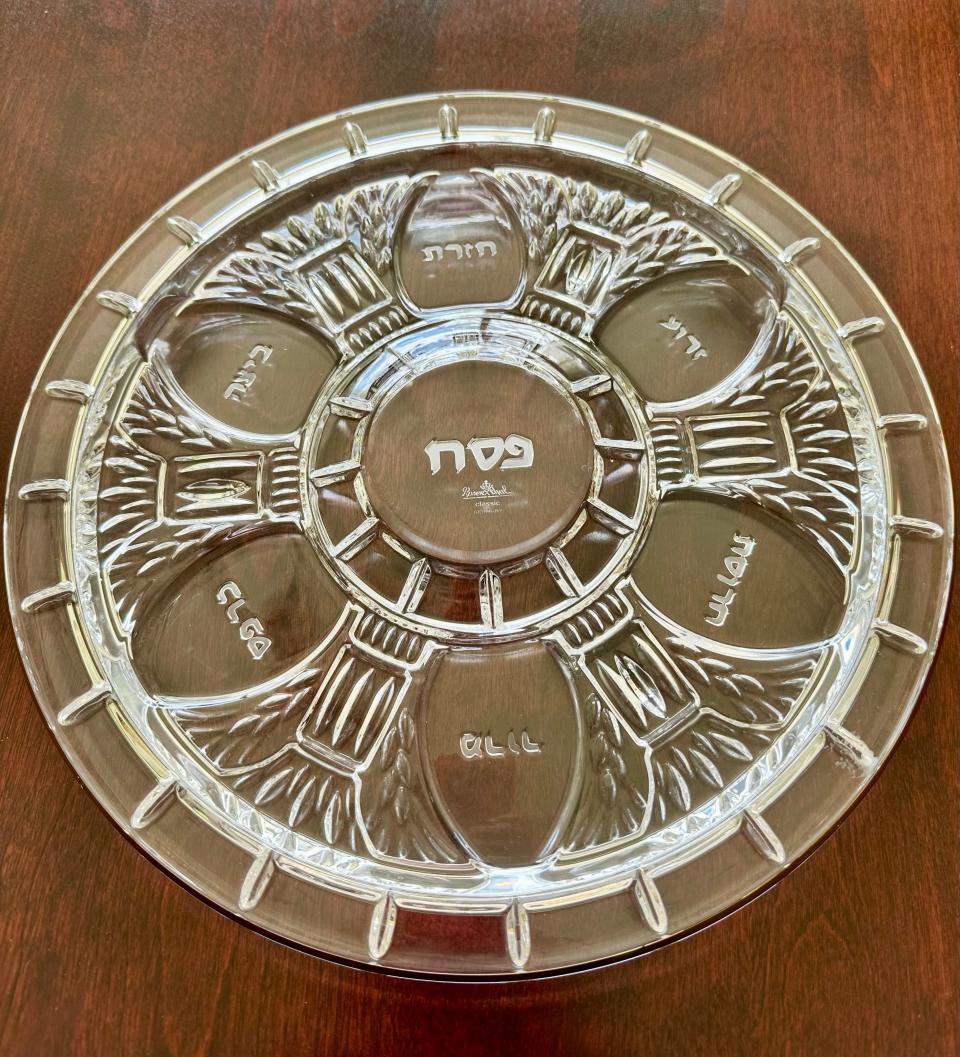Matzo to Memories: Exploring Passover's Culinary Legacy

Many holiday traditions center on moments in family lore, and maybe just flavors that scream "Christmas" or "Easter."
The foods of Passover, though, are part of the holiday's story.
Passover, which this year runs from sundown April 22 through nightfall April 30, commemorates the hurried exodus of the Israelites from slavery in Egypt and the freedom it came to represent. In Hebrew, Passover is known as Pesach, the miracle in which God “passed over” the houses of the Israelites during the 10th plague.
With no time to let their bread rise as they fled, they were left with flat, crispy, cracker-like bread made of plain flour and water. It came to be called matzo, a primary symbol of Passover. To Stark County’s Rabbi John Spitzer, it also symbolizes taking the puffery out of our lives.
During the eight days of Passover, Jews abstain from any food made with leavening or the potential to rise. In addition to wheat, other grains normally used for leavening and off limits during Passover are barley, rye, spelt and oats, as well as rice, corn and legumes.
Rabbi John Spitzer and his wife, Cheri, recently shared their Passover traditions.
“When I think of Passover,” Spitzer said, “I think of this blue mug, and my Dad enjoying matzo and strong black coffee, topped off with cream and lots of sugar. It’s a wonderful memory, and the perfect opportunity to share with others a link to a previous generation they did not know.”

To the Spitzers, who live in Canton, Passover evokes family stories that include values to be passed from one generation to the next. They also try to incorporate children into their Seder. Cheri Spitzer collects and decorates with ceramic frogs, a reminder of one of the 10 plagues written about in the Haggadah, a Seder guidebook containing texts dating back to Biblical times.

The Seder, a 15-step Passover meal celebrated April 22-23, includes readings from the Haggadah, wine, and ceremonial foods arranged on a ka’arah, or Seder plate.

Products purchased for use during Passover must be certified kosher for Passover. Those celebrating look for the symbol and wording on items such as matzo, matzo meal, matzo cake flour − even Bigelow tea. This symbol certifies the products are produced under tightly controlled conditions that ensure they do not ferment.
Ice cream delights: Dalton Dari-ette opens for its 67th season
For Canton resident Barbara Ferne, the Jewish holiday is rewarding.
“Our Passover traditions mirror my life in Canton as a post World War II Jewish girl growing up here with European grandparents, a tight-knit family and, as time has gone on, an expansion of this family to include (former) non-Jews and grandchildren,” Ferne said.
Italian comfort food: Cozy culinary comfort at Maisano's Little Italian Kitchen; check out our choices
Ferne’s food traditions include brisket, her sister-in-law’s chicken soup and a Sephardic charoset, which represents the mortar used to build the pyramids, a traditional part of the Seder plate. Her Seder includes both her European Passover foods and traditions, and Sephardic ones, those of the Jews of the Spanish diaspora. Her family also enjoys macaroons and jellied fruit slices.
The Spitzers shared a recipe for chocolate macaroons, and Ferne shared the charoset recipe, which actually came from Spitzer.
CHOCOLATE MACAROONS
Recipe courtesy of Cheri Spitzer
Makes approximately 26 cookies
Ingredients:
2 egg whites
½ cup sugar
¼ teaspoon salt
½ teaspoon vanilla
7 ounces semi-sweet chocolate
1 ½ cups shredded coconut
Steps:
Heat oven to 325 degrees. Melt chocolate in a double boiler.
Beat egg whites until foamy and gradually sift in sugar, beating after each addition until smooth. Continue beating until it (whites) stands in peaks, then add salt and vanilla and fold in the melted chocolate. Add in the coconut and mix.
Drop by spoonfuls onto ungreased, brown paper-lined baking sheets. Bake for 20 minutes or until done. Cool a few minutes before removing.
SEPHARDIC CHAROSET
Recipe courtesy of Barbara Ferne
Ingredients:
½ cup pitted, sliced dates
2 cups peeled and chopped apples
½ cup chopped dried apricots
½ cup chopped walnuts
1 tablespoon sweet red wine
1 tablespoon sugar
Steps:
Combine dates, apricots and apples in a saucepan. Add water to cover. Cook on low heat until tender enough to mash. Drain any remaining water. Mash. Add in nuts, red wine and sugar, blending to combine.
Reach Bev at bshaffer@gannett.com or 330-580-8318.
This article originally appeared on The Repository: Stark County families gearing up for Passover's culinary traditions

